Noise Reduction VST Plugins
Showing all 5 results
Showing 1 - 5 out of 5
Page 0 out of 0
| Rating | Image | Product | Price |
|---|---|---|---|
|
4.76 SOUND QUALITY FEATURES VALUE FOR MONEY EASE OF USE |
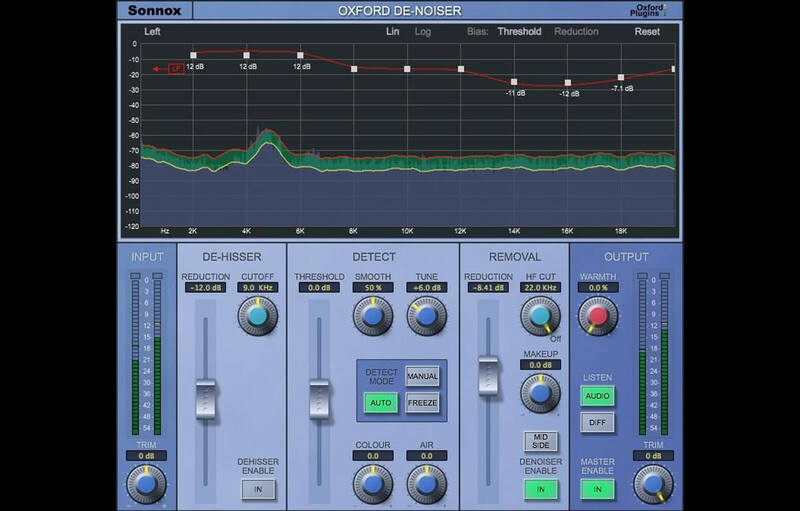 |
Oxford DeNoiserThe DeNoiser Plug-In with its integrated de-hisser delivers surgical broadband noise reduction in real-time. The process is based on a continual analysis of the input signal in order to build a noise profile. Alternatively, use Freeze Mode to sample a section of audio containing just target noise. Simply define the threshold below which noise is removed and use the Reduction slider to taste. We understand the delicate balance between removing noise and retaining the character of your original recording, so have added a Warmth control to return some richness and added a DIFF function to audition only the removed noise. MAIN FEATURES
Pro Tools
Audio Units
VST2
Compatability:
Supported Hosts: Mac:
Windows:
Please Note: This product now supports iLok Cloud Authorisation. An iLok USB Dongle OR an active internet connection is required in order to activate and use this product. |
Price History: Oxford DeNoiser $236.00 |
|
4.66 SOUND QUALITY FEATURES VALUE FOR MONEY EASE OF USE |
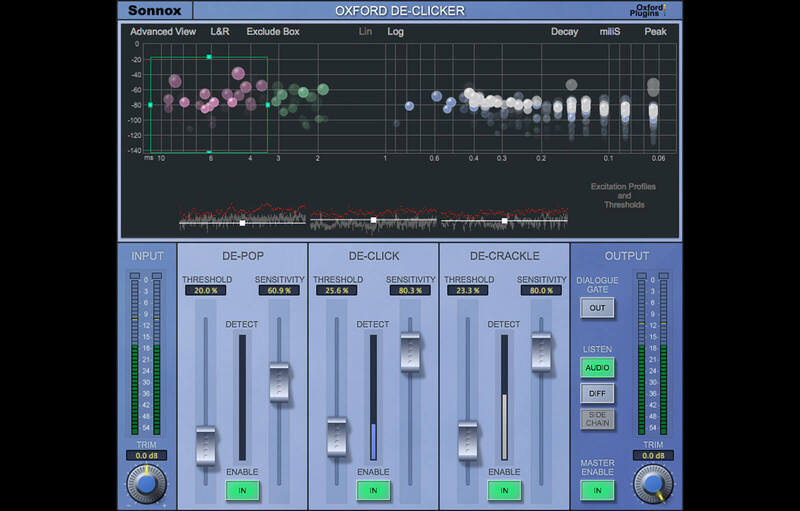 |
Oxford DeClickerOxford DeClicker Accurately and transparently remove pops, clicks and crackle using three discrete sections. Each has a threshold and sensitivity control to define the number of events that are detected and removed. The unique Events Graph shows the level and duration of each pop, click and crackle as it’s detected in three separate colour-coded groups. Sometimes there will be events detected that represent audio we want to keep rather than remove. So we built the Exclude Box to further refine the number of repaired events, and also Dialogue Mode for independent control over speech in programme. MAIN FEATURES
Three Audition Modes:
Pro Tools
Audio Units
VST2
|
Price History: Oxford DeClicker $236.00 |
|
4.56 SOUND QUALITY FEATURES VALUE FOR MONEY EASE OF USE |
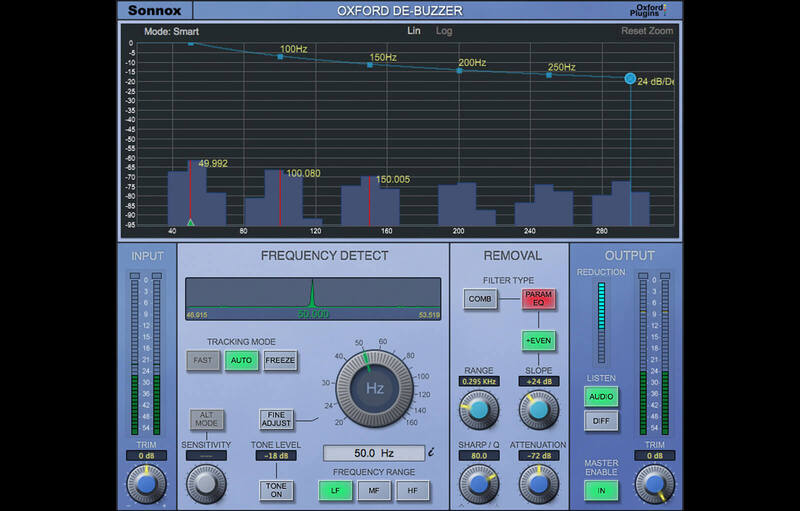 |
Oxford DeBuzzerFast and effective removal of buzz, hum, whine and whistles. Use the intuitive display to help isolate the fundamental frequency – it’ll constantly give you feedback on the top contenders – or define it manually with the help of a tone generator. Don’t worry if the fundamental wanders, the default Auto Tracking Mode will follow it in real time. The harmonics of your problem fundamental frequency will also be tracked. All that remains is to engage the default comb filter or the optional parametric EQ, and then fine-tune the content that’s removed using DIFF auditioning. Features
Pro Tools
Audio Units
VST2
|
Price History: Oxford DeBuzzer $236.00 |
|
4.56 SOUND QUALITY FEATURES VALUE FOR MONEY EASE OF USE |
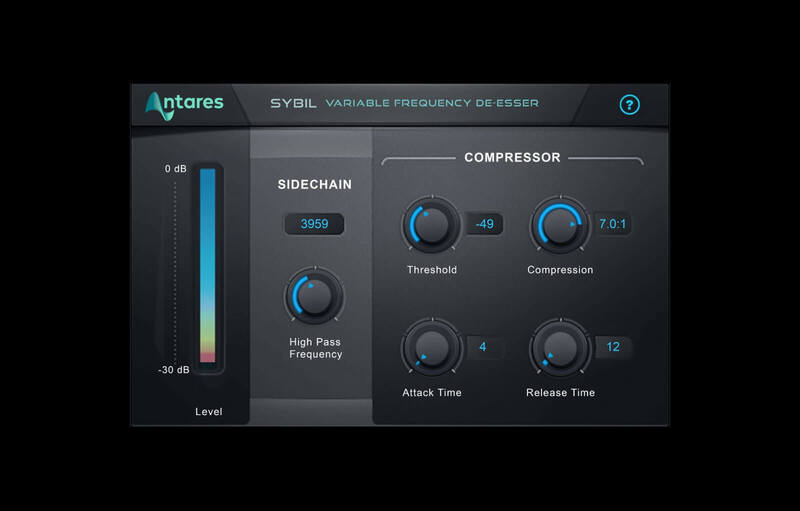 |
SybilSYBIL – Variable Frequency De-Esser. Tame vocal sibilance quickly and easily. Sybil is designed to tame excessive vocal sibilance (ess, tsss, ch, and sh sounds), with a flexible compressor and a variable-frequency high pass filter to ensure optimum de-essing for any vocal performance. The compressor section includes threshold, ratio, attack and release controls, and the high-pass frequency control lets you adjust which high frequency content will get compressed, to ensure that the sibilance is reduced while the rest of the voice remains pristine. With Sybil, everything you need to get control of vocal sibilance is right at your fingertips. MAIN FEATURES
Mac AAX Native (64-bit only)
VST3 (64-bit only)
Audio Units (64-bit only)
Mac VST2 (64-bit only)
Windows AAX Native (64-bit only)
VST3 (64-bit only)
Windows VST2 (64-bit only)
|
Price History: Sybil $69.00 |
|
4.52 SOUND QUALITY FEATURES VALUE FOR MONEY EASE OF USE |
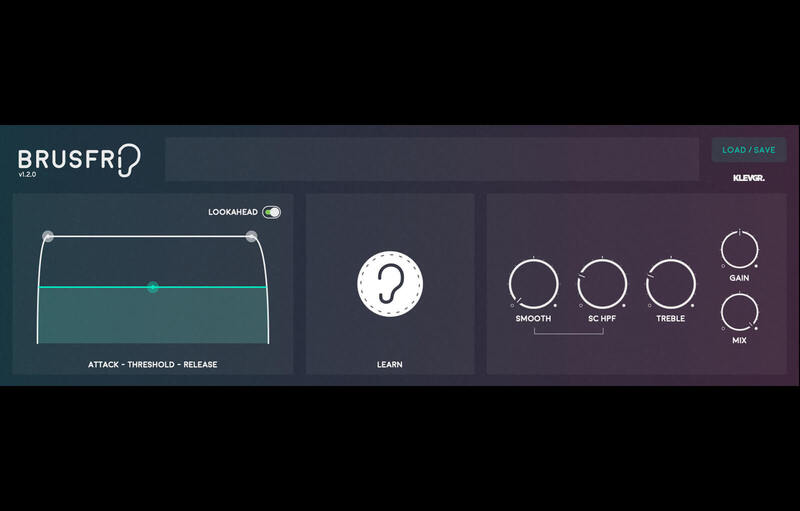 |
BrusfriAn advanced audio noise reducer with a simple and straightforward interface Brusfri is a highly advanced audio noise reducer, packed into a simple and straightforward interface. It is very well suited for cleaning up noisy audio recordings while retaining sound quality. Unlike many other noise reducers on the market, Brusfri doesn’t mess with audio phasing to suppress noise (a technique that often comes with audible side effects). Instead, multiple fine-tuned gates are used to silence unwanted noise.
What is that noise?! Can we shut down the vent system for the whole building, please? You know the feeling when you just have recorded the best take ever for your new creation and it’s time to edit when you realise there’s a constant hiss in the background interfering with the performance. It happens to us all, whether you’re working with music, film, podcasts or radio, unwanted noise is a problem that pops up now and then. With the improvement of sound quality over the years, what was once hidden behind tape hiss can now be audible and bothersome and we need noise reduction to tackle it. Features
|
Price History: Brusfri $35.99 |
Are you tired of dealing with unwanted noise and distractions in your recordings? Enhance the quality of your audio with top-notch noise reduction VST plugins, available at the best price on Soundsmag. Our extensive collection features a wide range of plugins designed to remove background noise, hum, hiss, and other audio imperfections, allowing your recordings to shine. Whether you’re a musician, podcaster, or audio engineer, our noise reduction VST plugins offer professional-grade tools to clean up your sound. Don’t let noise compromise your audio quality – buy the best noise reduction VST plugins on Soundsmag and elevate your recordings to the next level.
